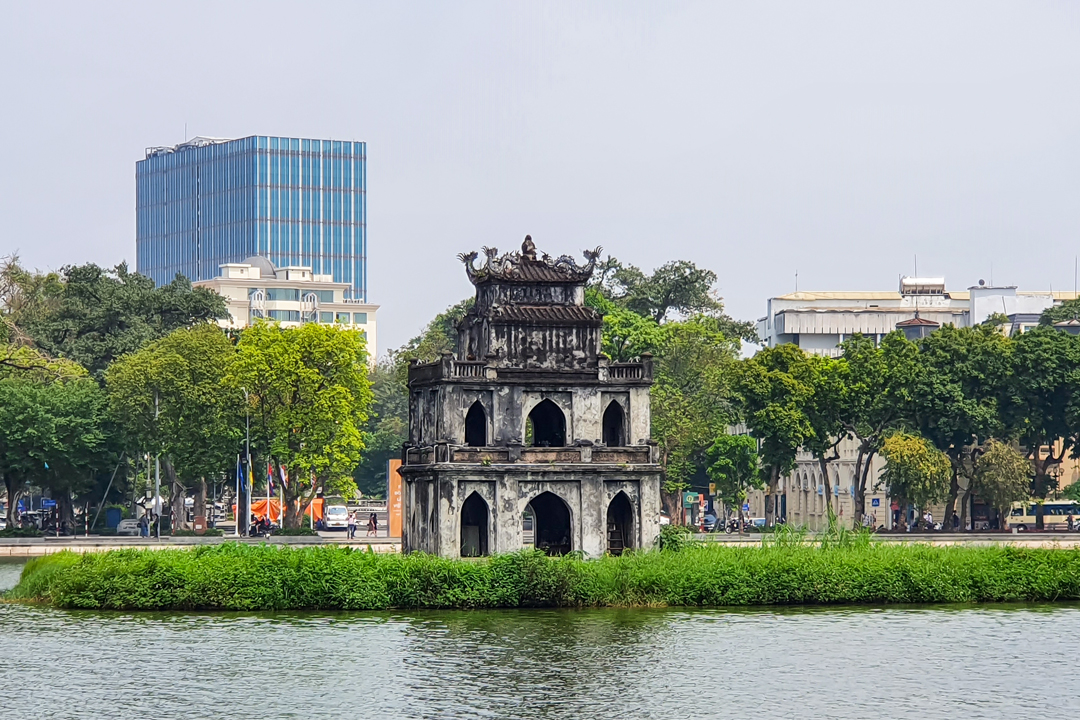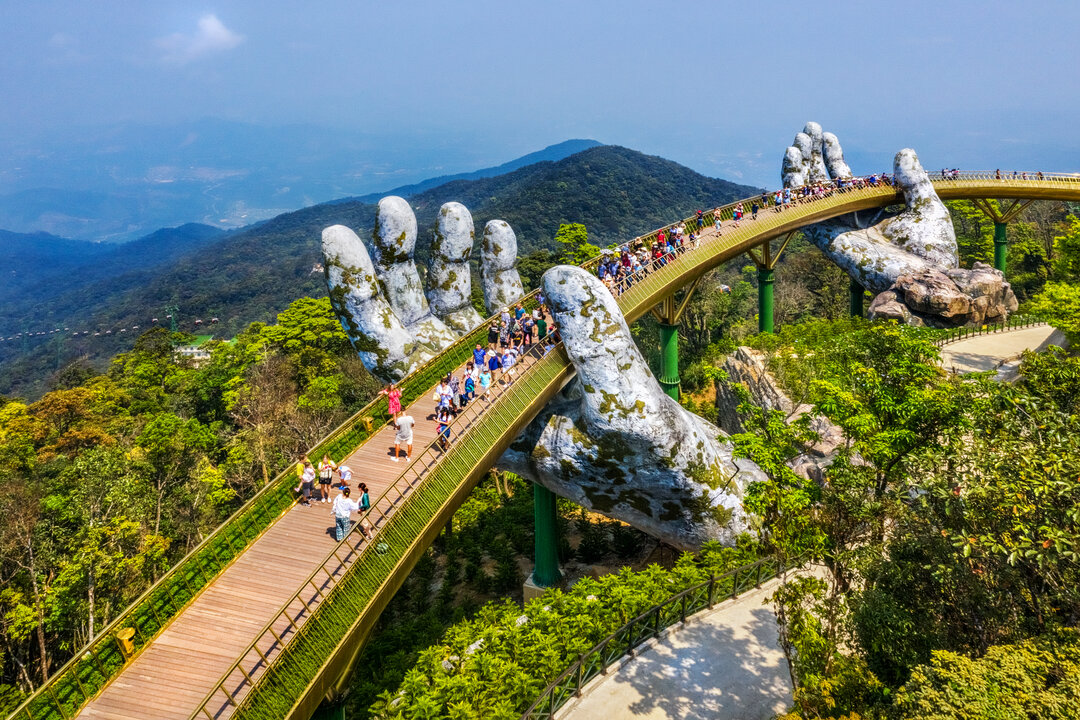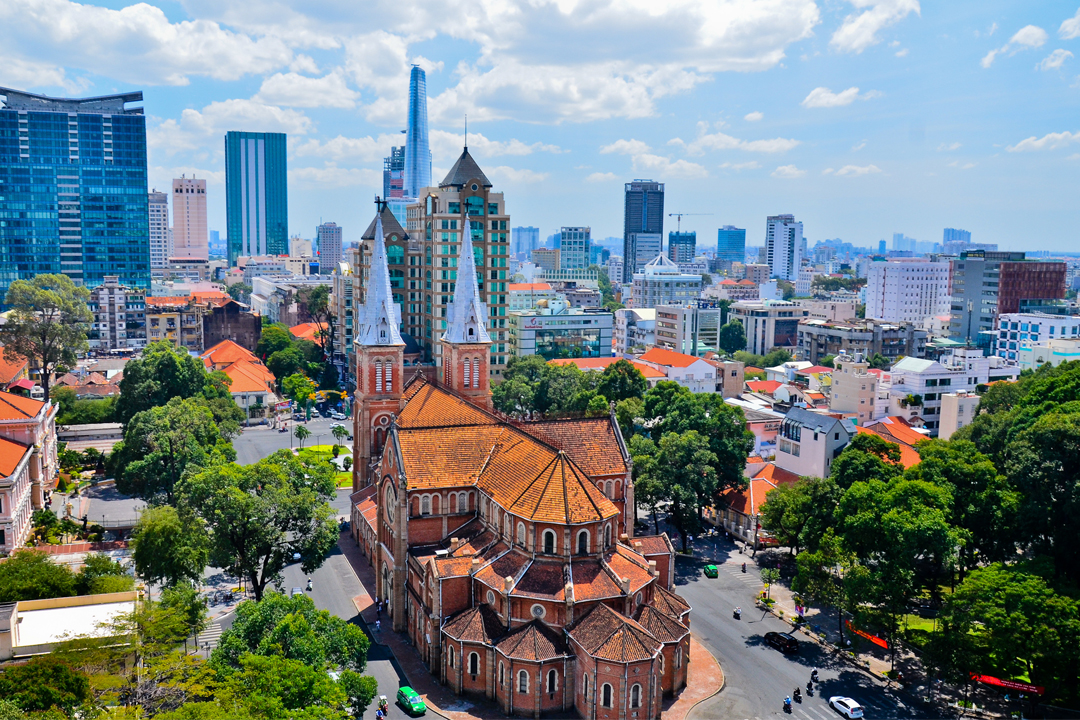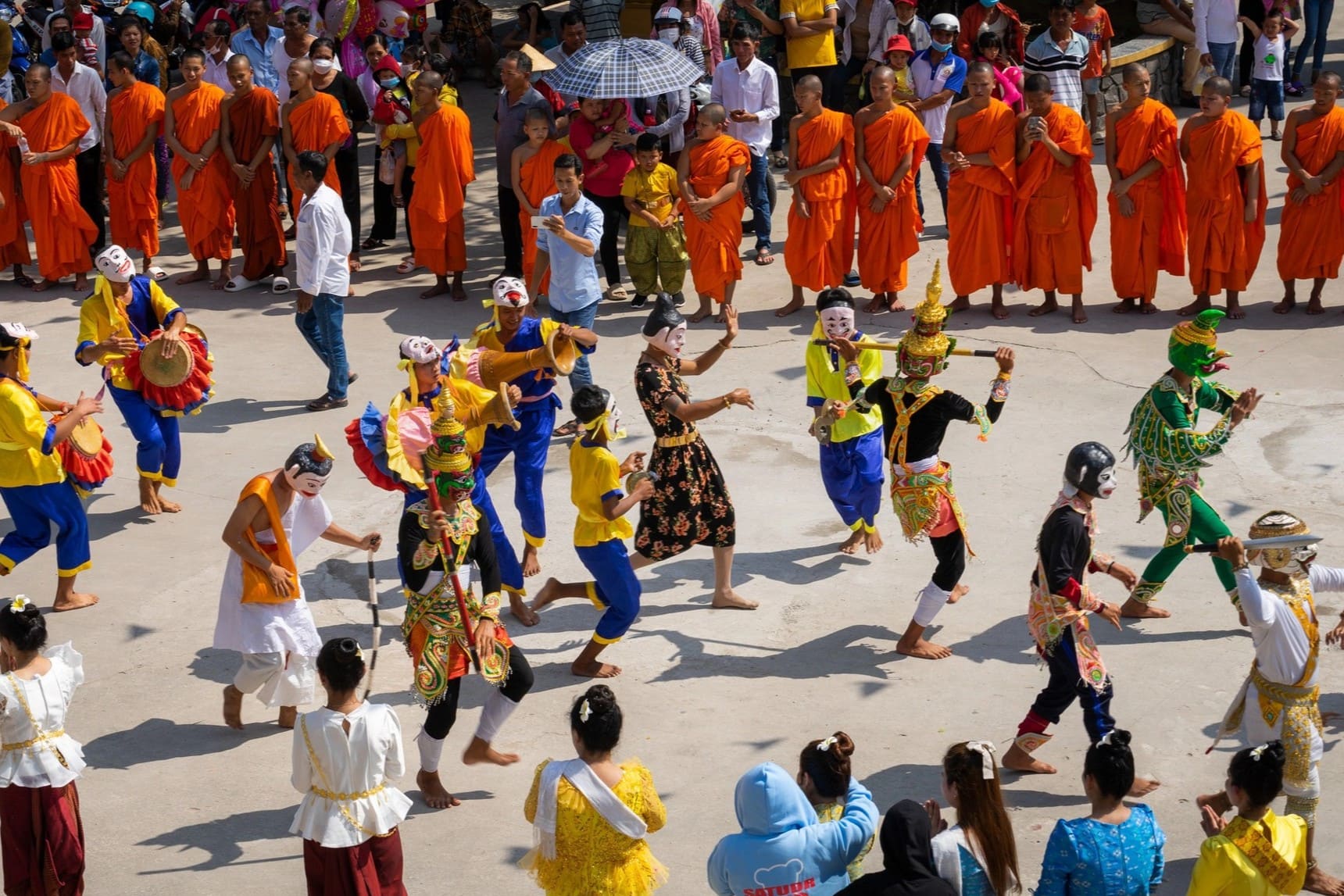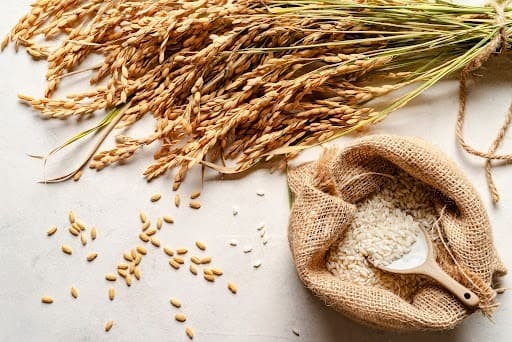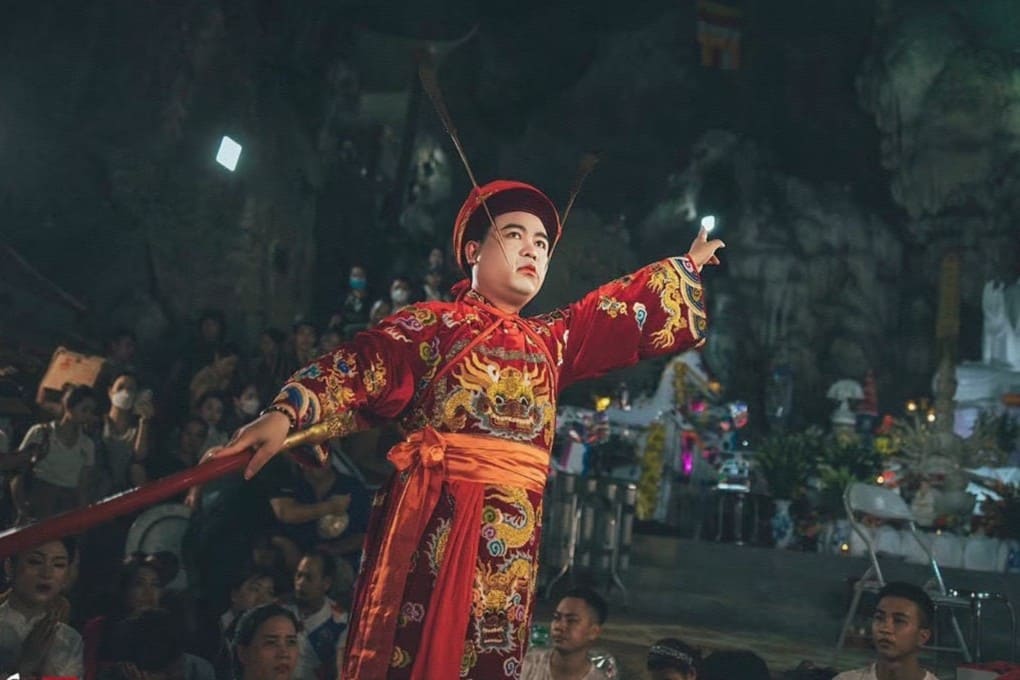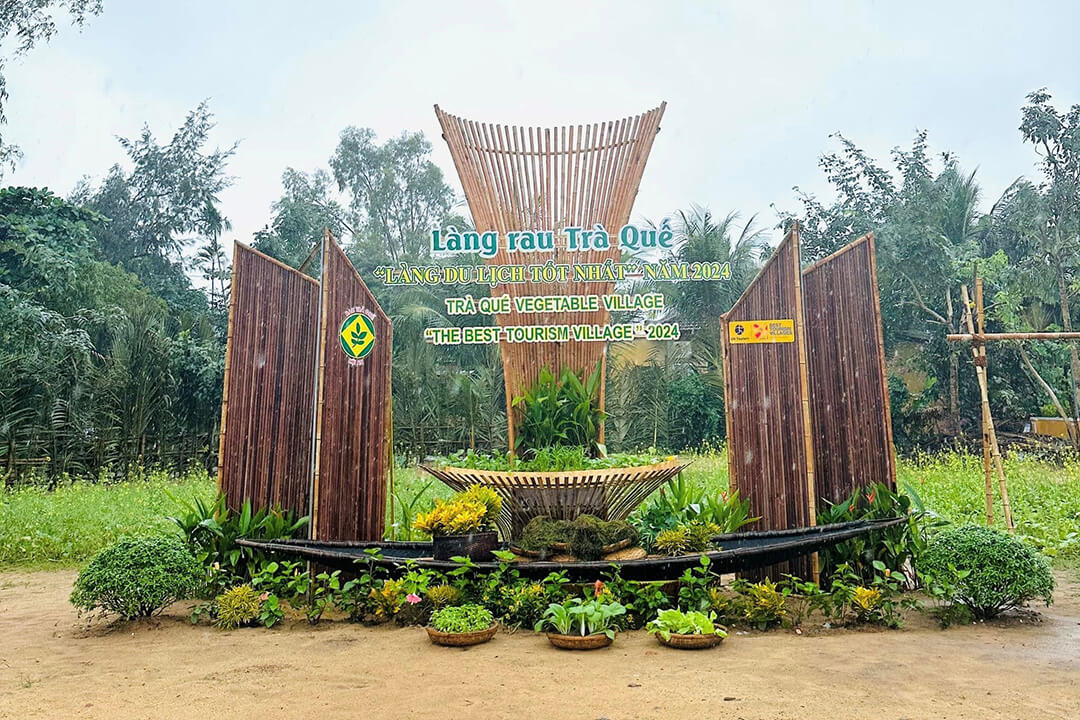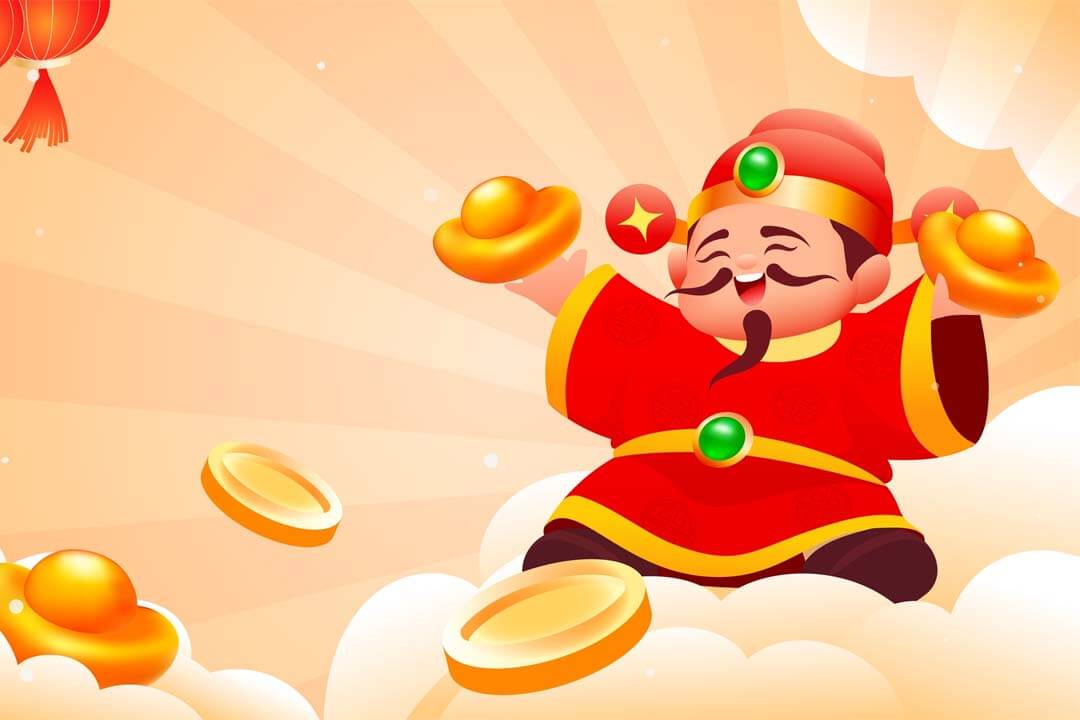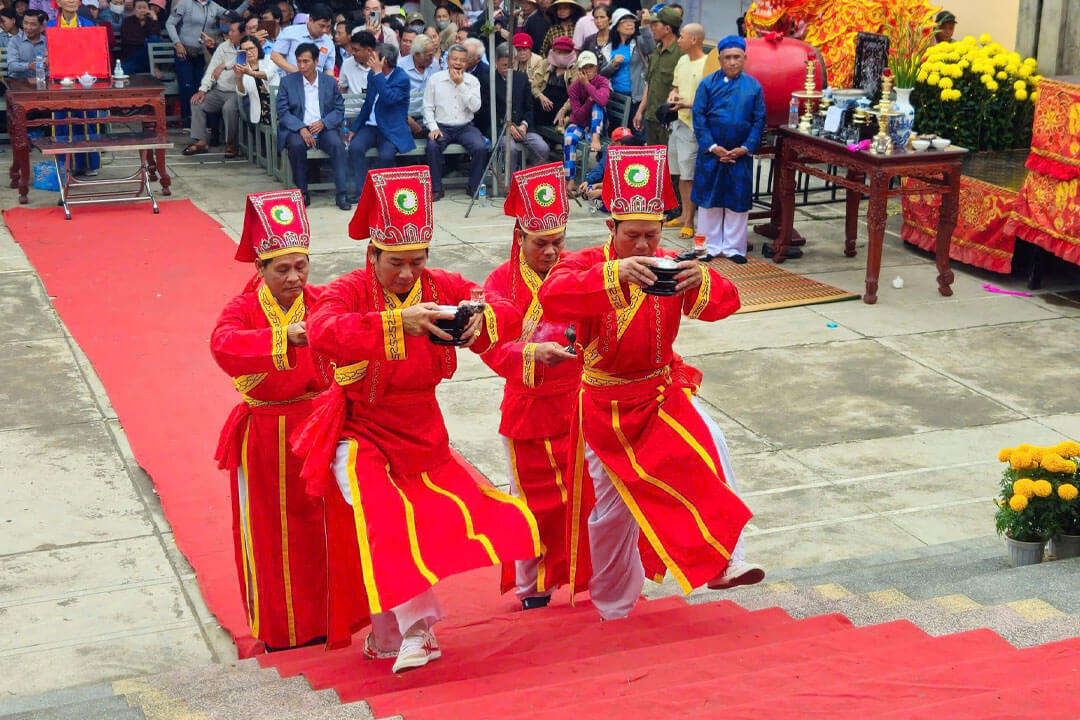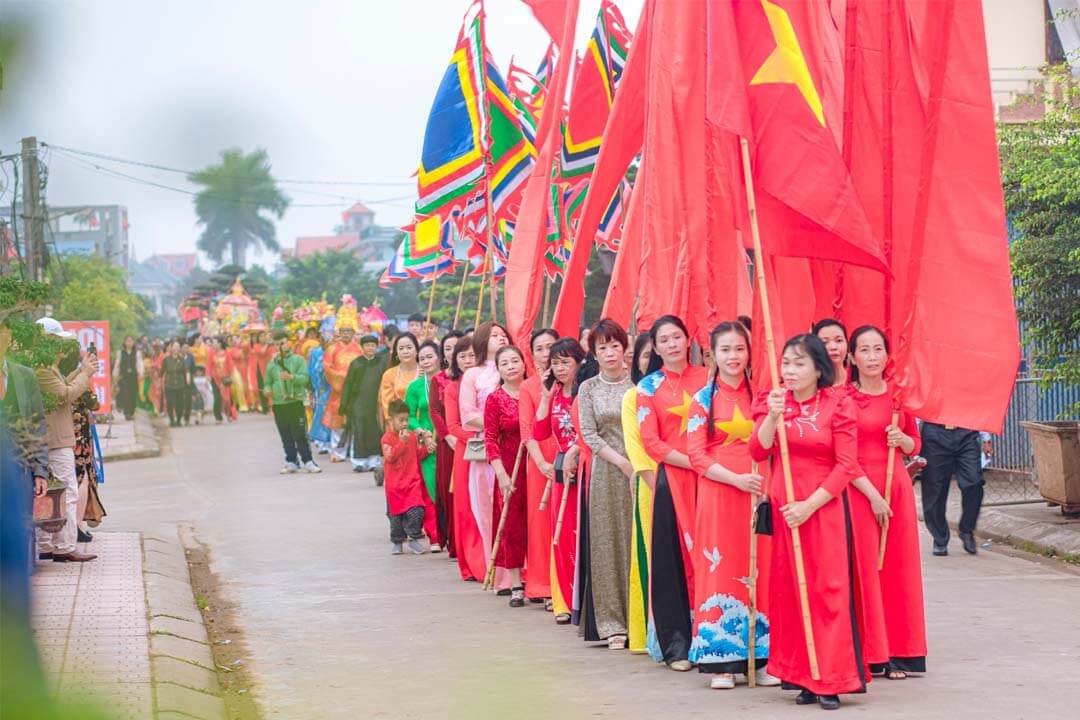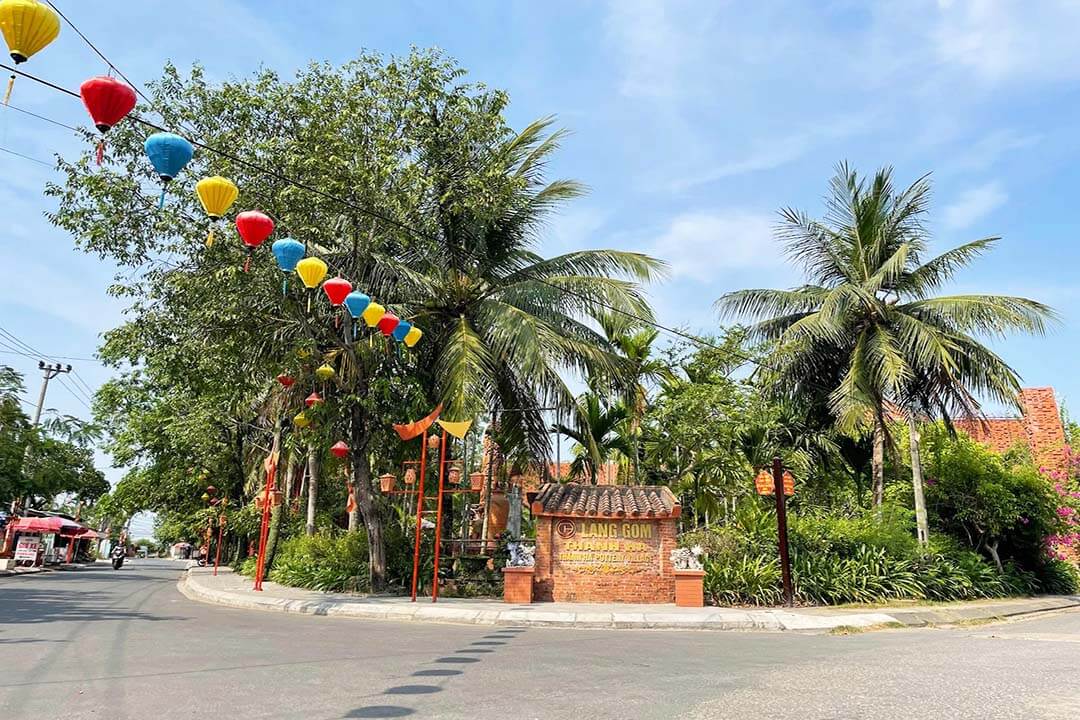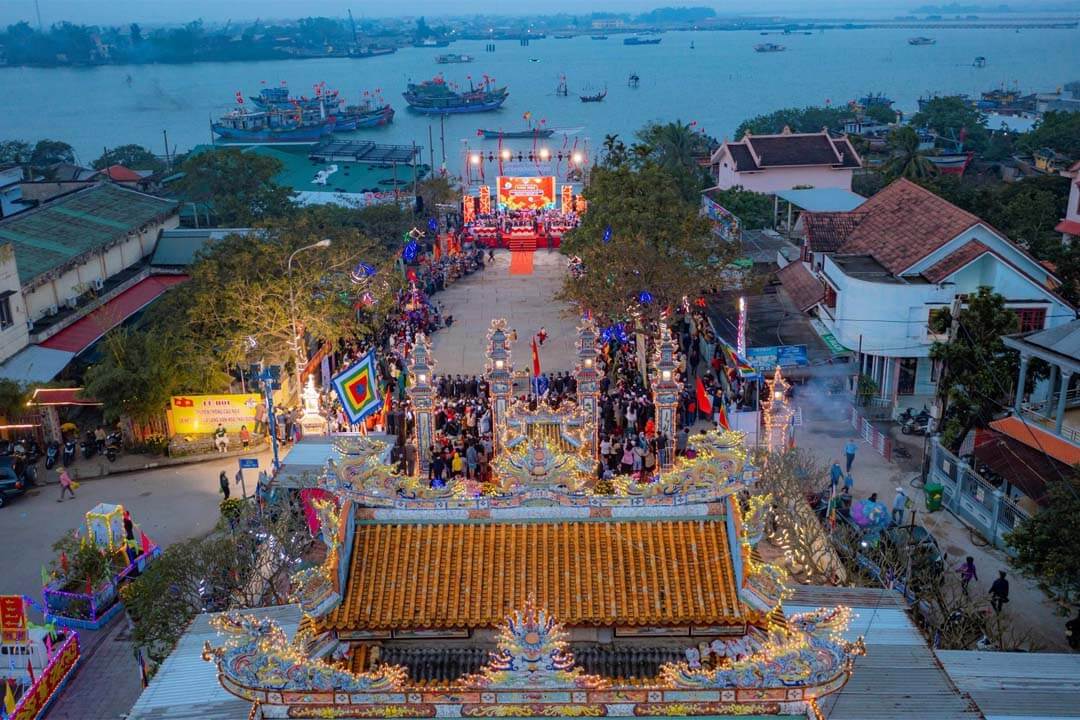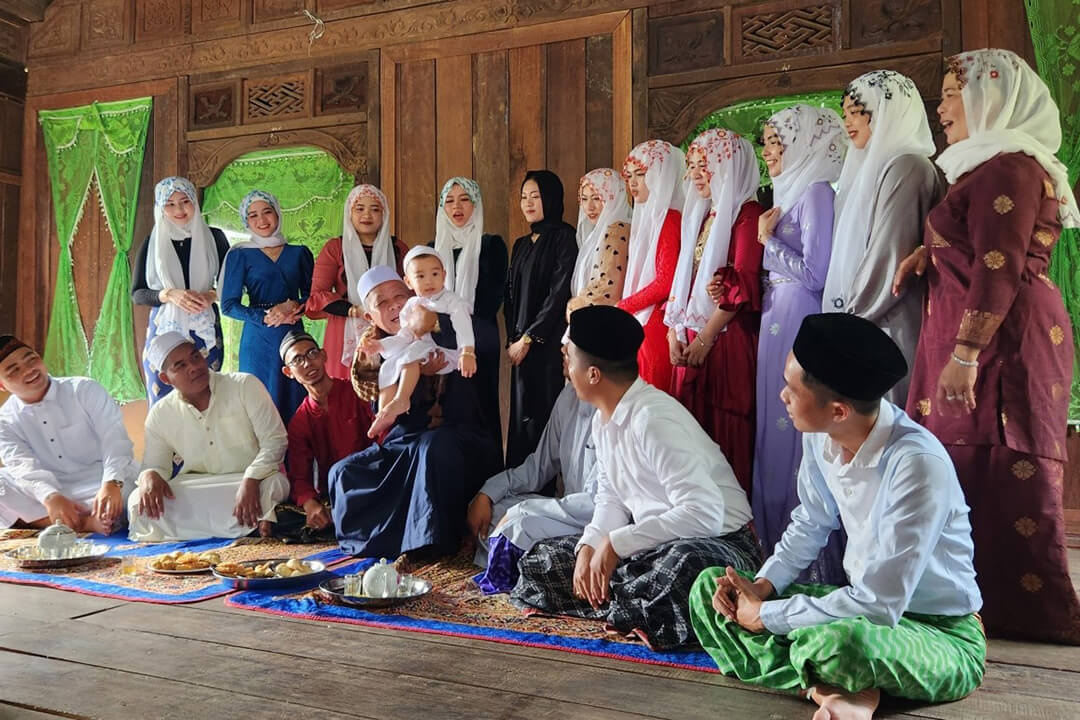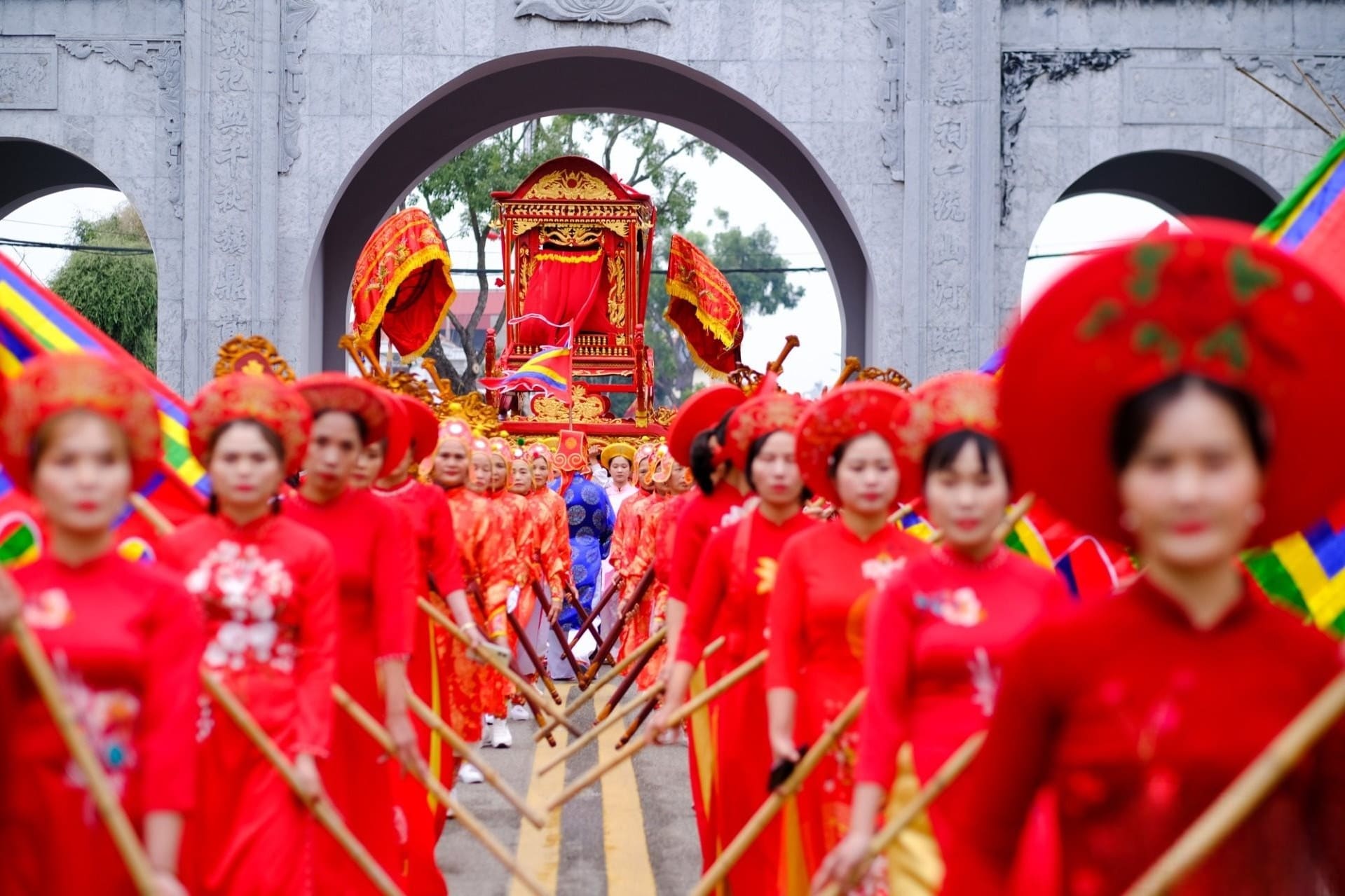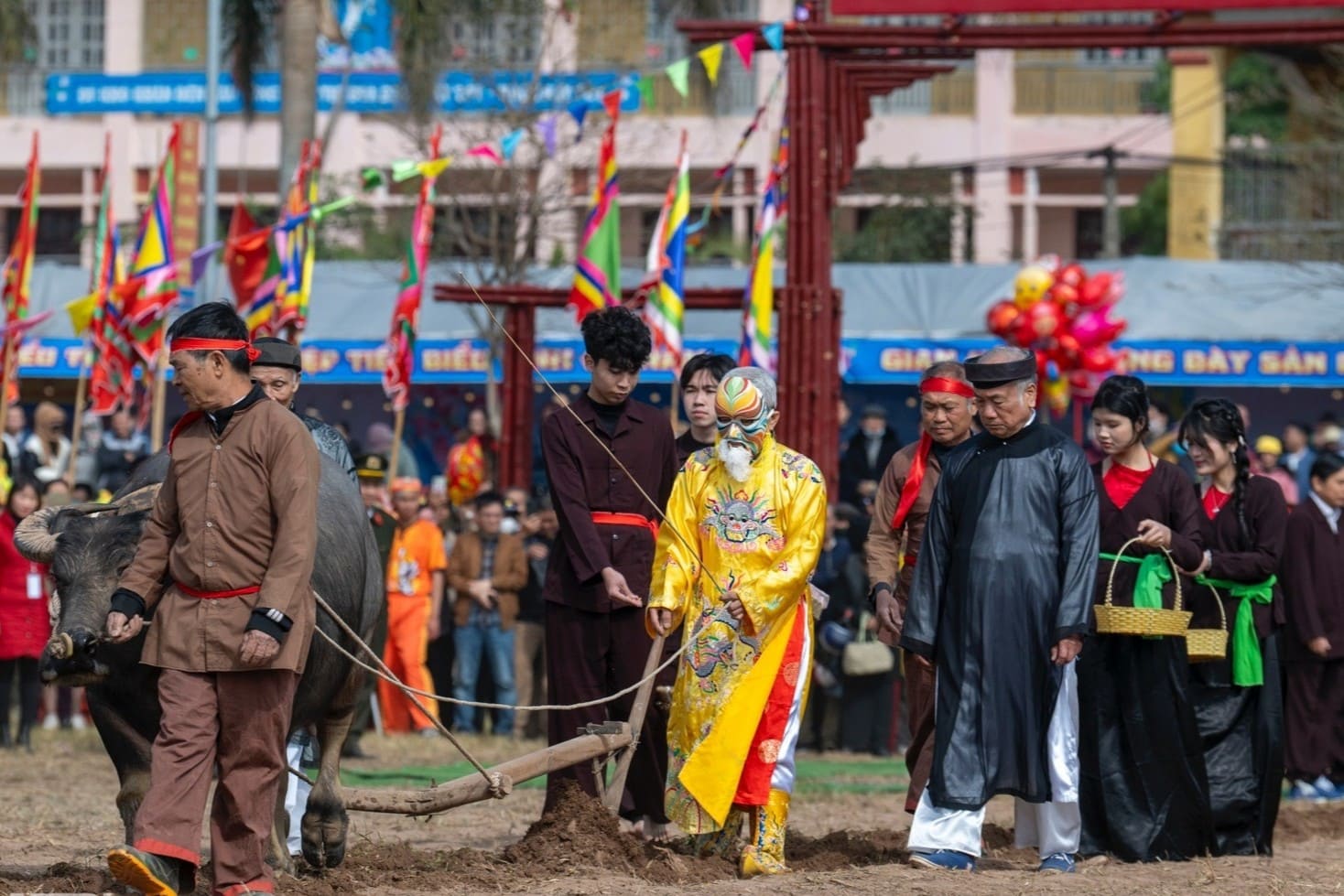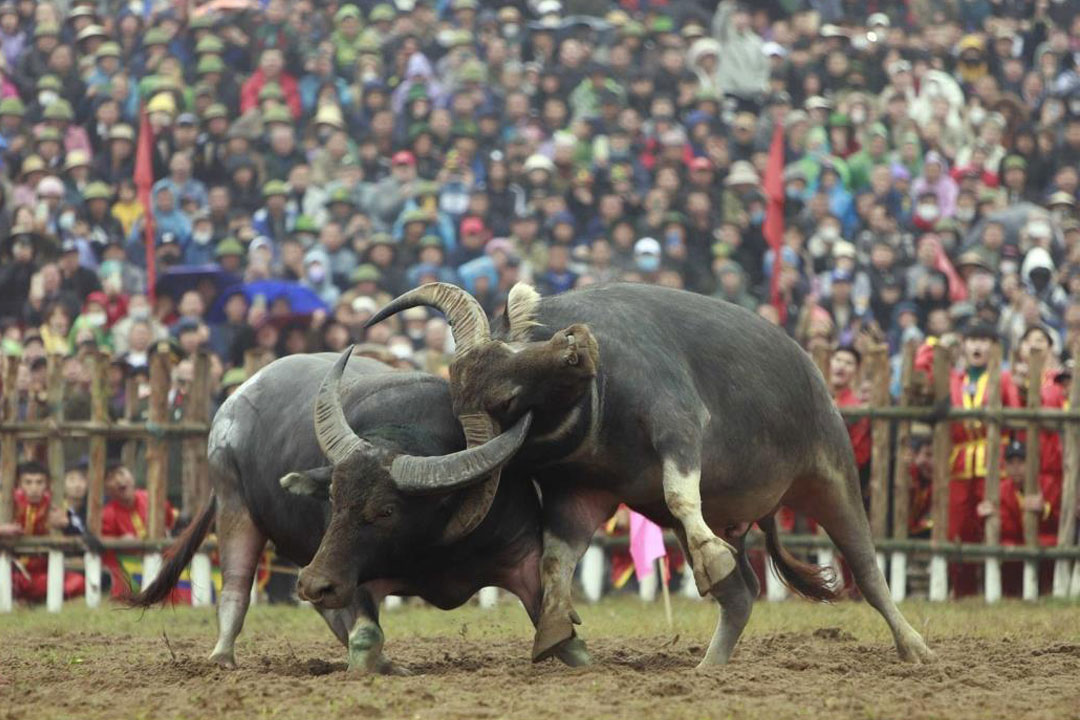Jul - 30 - 2025
Kathina Robe Offering Ceremony is one of the important and sacred rituals of Theravada Buddhism. This ceremony holds profound significance in the spiritual and cultural life of the Khmer people in Vietnam. Annually, the Kathina ceremony is solemnly organized at various temples, attracting a large number of monks and Buddhists from all over to participate.
Overview of the Kathina Robe Offering Ceremony
The Kathina Robe Offering Ceremony originated during the time of the Buddha and holds profound spiritual significance in the religious life of the Khmer people.
Origin of the Kathina ceremony
The Kathina ceremony originated during the time of the Buddha and is recorded in the Vinaya Pitaka (the Buddhist monastic code). After the first rainy retreat, 30 Bhikkhus (Buddhist monks who have renounced worldly life and uphold the monastic precepts) returned from afar to pay homage to the Buddha. He then allowed them to receive robes offered by laypeople. Since then, after three months of rain retreat, the final month (from 16th of 9th to 15th of 10th in lunar month) marks the Kathina Robe Offering Ceremony. In Pali, “Kathina” means “firm” or “solid”, symbolizing unity and discipline in the monastic community, as well as the steadfast spirit of practitioners.
Meaning of the Kathina robe offering
The Kathina ceremony is an opportunity for lay Buddhists to express their reverence and gratitude toward the Sangha (monastic community) after a period of disciplined spiritual practice. It is also a time for people to pray for peace, good weather, abundant harvests, and family happiness. Furthermore, the ceremony strengthens community bonds, encourages acts of merit, preserves the Khmer cultural identity, and nurtures spiritual connection and solidarity among the people.
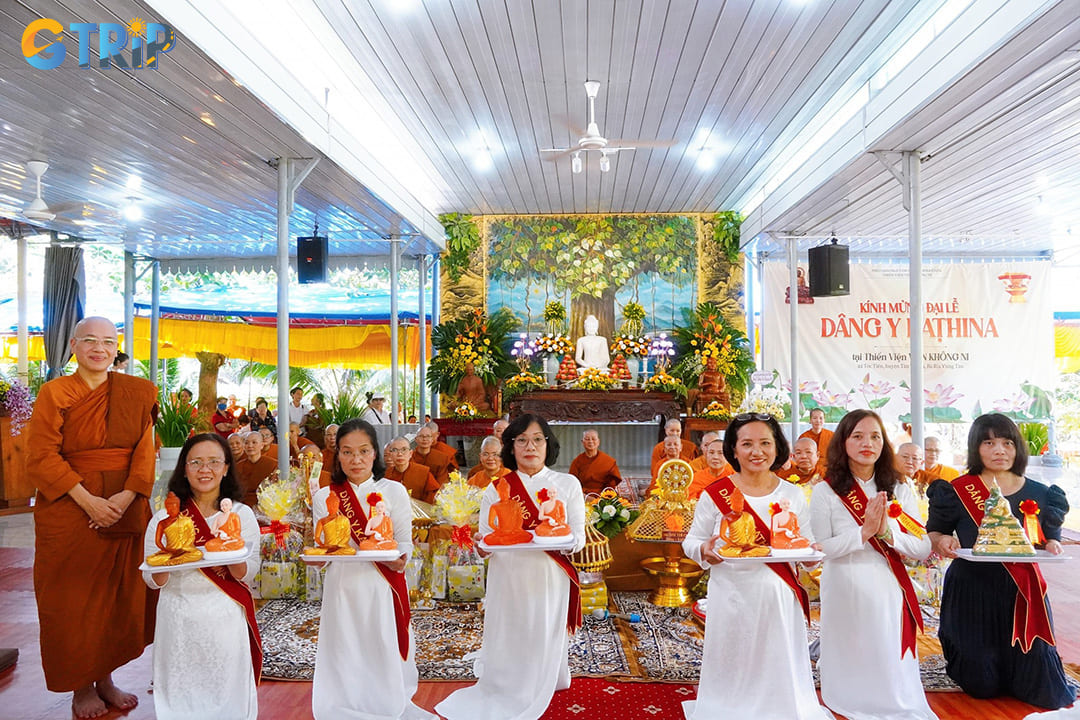
Kathina ceremony has been a tradition of Buddhism since the time of the Buddha and continues to this day
Ritual activities in Kathina Ceremony
Typically, Kathina robe oypically, Kathina Robe Offering Ceremony takes place over two days, but preparations for the event begin well in advance.
Preparation process for the ceremony
The "Kathina Season" lasts for 30 days, during which each temple can hold the grand Kathina Robe Offering Ceremony only once a year on any day within the month following the end of the rain retreat. Each temple will set a specific date for the ceremony and inform the Buddhist followers in the local villages, allowing families to host the Kathina offering to prepare thoroughly.
After receiving the notification of the designated date, each village will have 1 to 3 families collaborate to plan and prepare early. The most important item for the Kathina ceremony is the "cassock", regarded as a precious symbol of Buddhism, representing compassion, moral conduct, and liberation. According to Khmer beliefs, those who host the Kathina ceremony will always experience good fortune, accumulate blessings, and enjoy longevity, health, peace, strength, and wisdom. Thus, many aspire to organize the Kathina ceremony at least once.
In addition to the robe and traditional offerings such as alms bowls for the monks, various items that emphasize mutual support in practice are included. These may consist of everyday necessities for the temple, such as medicine, food, and household items. Many families also donate additional items to the temple, including beds, tables, chairs, blankets, and pillows, to express their reverence and contribute to equipping the temple. Moreover, benefactors often provide financial contributions aimed at renovating and repairing the temple and supplying food and provisions to the monks.
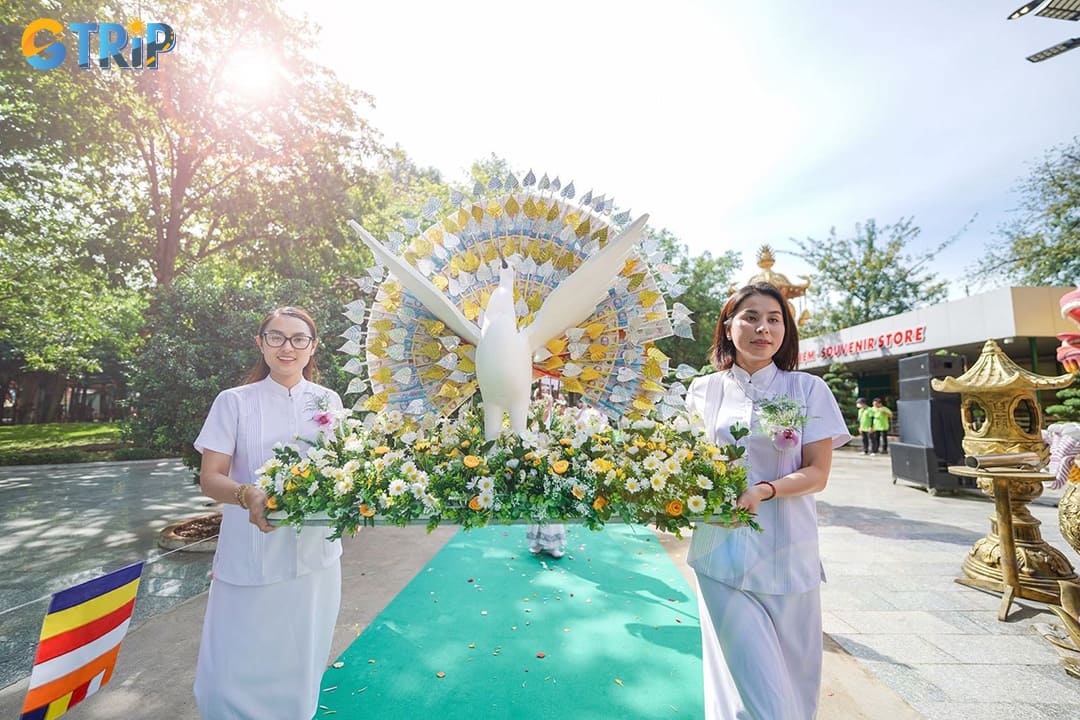
Buddhist followers prepare offerings and essential items for the temple to gain merit and express their reverence
Day 1: Preparing offerings and home chanting
The first day is dedicated to preparation and conducting rituals at home. Families selected as ceremony hosts gather with other villagers. According to the beliefs of the Khmer people, those who host the Kathina ceremony will always encounter good fortune, accumulate blessings, live long, enjoy good health, peace, strength, and wisdom. Together, they contribute offerings such as Kathina robes, daily necessities, and food for the monks. Throughout the day, groups of Buddhist followers in traditional attire move around the village, encouraging participation. They are accompanied by cultural performances like the Hanuman monkey dance, Sa-dam drumming, and characters dressed as the Earth God or mythical Khmer deities. Offerings are made in the form of “money trees”, with donations attached to decorative flower poles or golden and silver leaves. These offerings are used to buy items for the monks or temple repairs. The atmosphere is festive yet reverent, reflecting both community spirit and deep respect for the Three Jewels. In the evening, monks are invited to the host’s home for chanting and blessings for the family and the community.
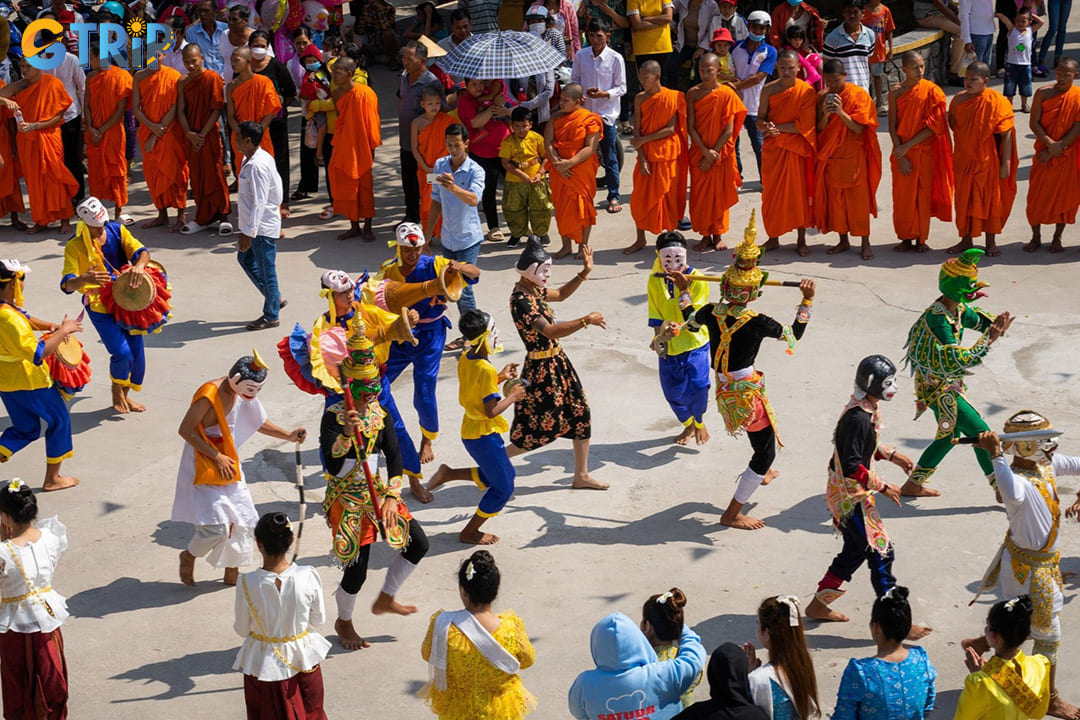
The image of the Hanuman monkey is an essential part of the Kathina robe offering ceremony
Day 2: Procession and robe offering at the temple
On the second day of the Kathina procession around the village, the festive atmosphere becomes lively. The vibrant parade features the Sa Dam drum dance team, the Ro Bam dance group, Hanuman monkeys, and young women. The Buddhist followers line up in two rows, carrying flower branches, golden and silver leaves, and other important offerings towards the temple. Upon arrival, the monks conduct a ceremonial procession around the main hall of the temple, performing the Kathina robe offering ritual. The ceremony includes taking refuge in the Three Jewels, an explanation of the Kathina ceremony, the robe offering ritual, and chanting prayers for peace. Additionally, the local community supports the temples in organizing traditional games and performing folk songs. They also showcase traditional art performances to entertain the villagers during the nighttime festivities of the celebration.
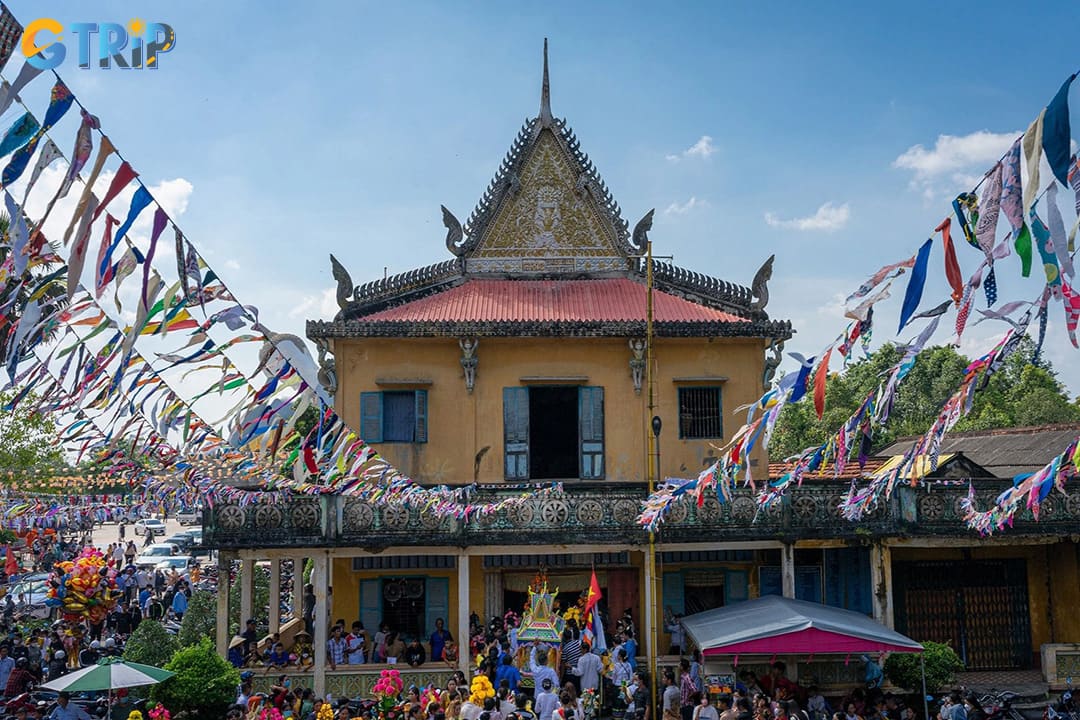
The Kathina ceremony is lively with a village procession, traditional dances, and a solemn robe-offering ceremony at the temple
The Kathina Robe Offering Ceremony is a deeply symbolic ritual of Theravada Buddhism. The Khmer people of Southern Vietnam also have to express filial piety, solidarity, and reverence for ancestral traditions. The ceremony atmosphere is both vibrant and solemn, vividly reflecting the cultural identity of the Mekong Delta region. If you have the chance to visit Vietnam in the 10th lunar month, be sure to experience this unique celebration.

